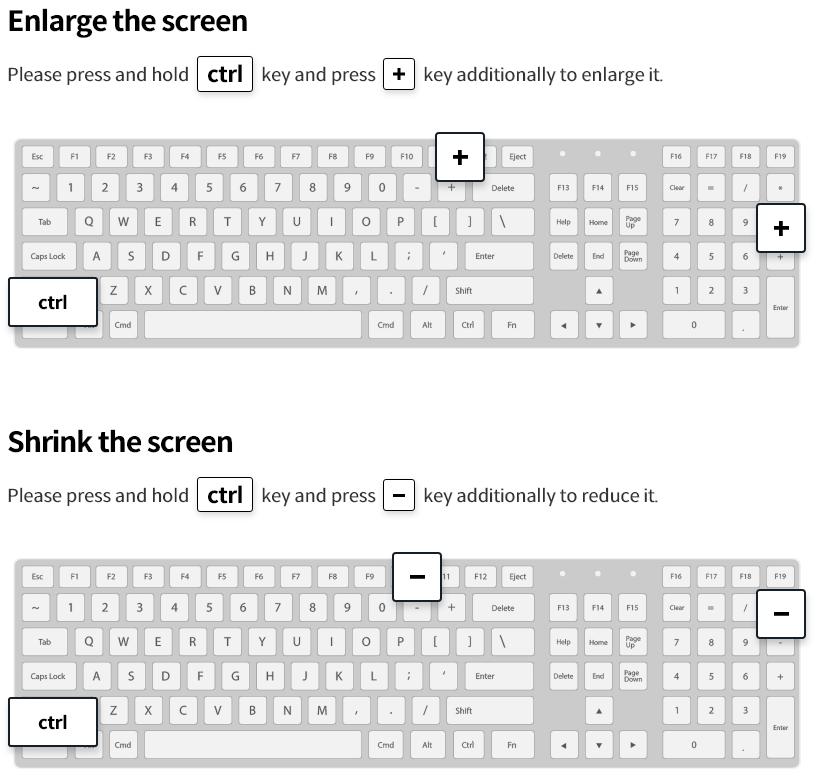As governments and major financial institutions in Asia* set out one after another to issue US dollar-denominated bonds, The Export-Import Bank of Korea (www.koreaexim.go.kr, Chairman Kim Yong-hwan, “Korea Eximbank”) successfully issued a global bond for the first time this year among Asian investment-grade institutions.
* Governments of Indonesia, Philippines, and Sri Lanka; Australia New-Zealand Bank and Sumimoto Mitsui Banking Corporation (SMBC)
Korea Eximbank announced on January 8 that the bank sold a USD 1.5 billion global bond to investors worldwide.
The issue was made in a dual-tranche* structure, consisting of USD 750 million in 3-year maturity bonds and USD 750 million in 10-year maturity bonds. Pricing on the 3-year and 5-year tranches has been set at US dollar Libor +0.75% and US Treasury yields +1.125%, respectively.
* Dual Tranche: issuing bonds in two different maturities
Despite increased volatility in the market due to the QE tapering by the U.S., Korea Eximbank was able to break new ground with another successful issuance by targeting two different investor groups with disparate maturity preferences.
The dual-tranche approach enabled the bank to ’catch two birds with one stone’ ? maximizing subscription for each tranche and securing competitive interest rates.
A Korea Eximbank official explained, “The 3-year, floating rate tranche is meant to satisfy demand for shorter maturities of under five years from banks and money market investors, as well as to suit investors who are sensitive to rising interest rates.”
The official added, “At the same time, we wanted to satisfy institutional investors including insurance companies and pension funds who were more interested in long-term assets yielding predictable returns. Our 10-year, fixed-rate tranche has done just that.”
Many attribute Korea Eximbank’s successful issuance timing and strategy to its robust communication with the market, through its cooperation with major financial institutions as well as through numerous IR roadshows.
In particular, the bank’s Chairman Kim Yong-hwan had discussed foreign currency funding strategies with major financial institutions during his visit in November 2013 to Europe as a member of the Korean Economic Mission accompanying President Park.
In December 2013, the Chairman again met with major financial institutions in Hong Kong and surveyed early on the conditions of the primary market for foreign currency-denominated bonds, including maturity structures and investor demand.
Coming in the heels of another dual-tranche issue with 3-year and 5-year maturities in September last year, Korea Eximbank’s second successful dual-tranche issue of 3-year and 10-year maturities this time around has set a benchmark for other Korean financial institutions on pricing at different maturities.
It is also believed to have offered a clear guideline on maturities and pricing for Korean companies looking to raise capital in foreign currency markets, in a year when some USD 30 billion worth of Korean bonds are set to mature.
The bond was oversubscribed by 4.3 times, attracting USD 6.4 billion from 365 investors.
By region, 70% of the 3-year bonds were allocated to US investors, followed by 17% to Asia and 13% to Europe, while the 10-year bonds were allocated 48% to the US, 40% to Asia, and 12% to Europe.
The foreign currency funds obtained through the bond issue will go to supporting the globalization of Korea’s strategic industries including industrial plants, shipbuilding, and natural resource development.


